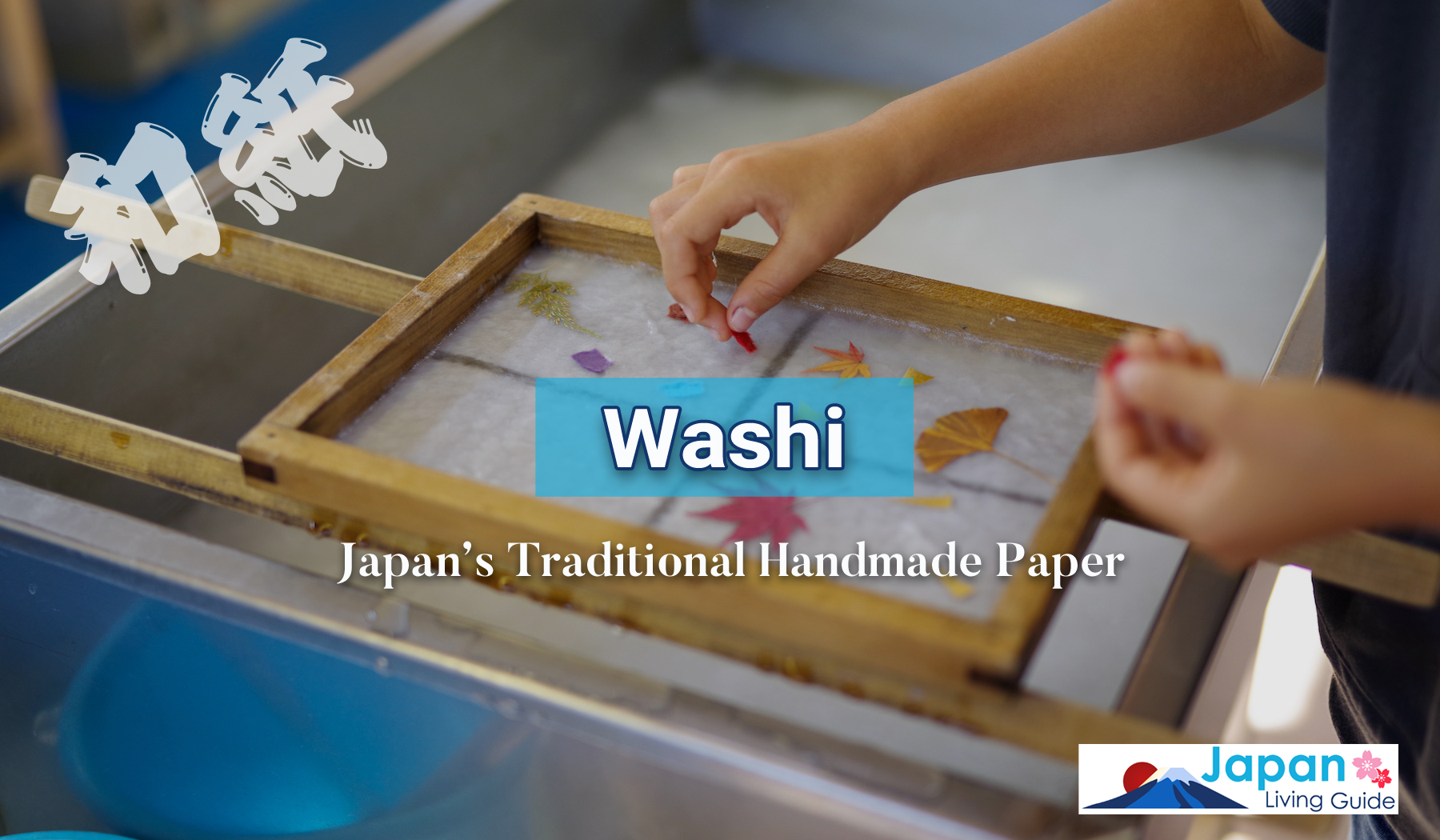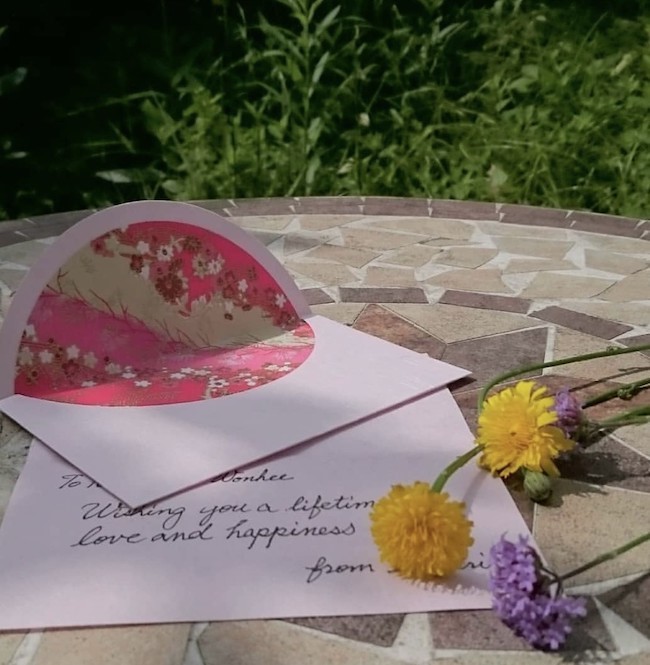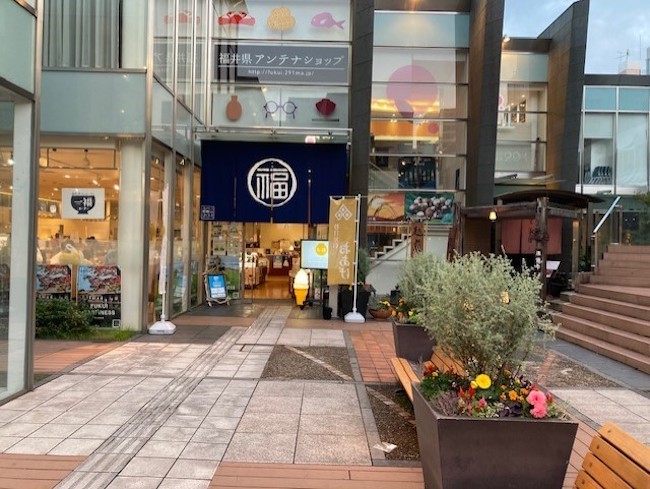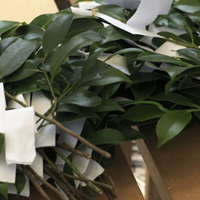The Story Behind “Washi”, Japan’s Traditional Handmade Paper

This article is contributed by MADALAND.
Located about 15 minutes by car southeast of Takefu Station on the JR Hokuriku Line, the village of Goka in Fukui Prefecture (which comprises the Imadate-cho neighborhood of present-day Echizen City and its surroundings) is believed to have been the birthplace of not only the local paper tradition ―Echizen Washi― but of washi itself!
One story has it that about 1,500 years ago, as Emperor Keitai (reigning from 507 to 531) traveled across Echizen, his attendant, Kawakami-gozen, taught the papermaking technique to the villagers of Goka. The craft was first mentioned in a historical text in the “Nihon Shoki” (Chronicles of Japan) in the year 610.
Later, as the provincial capital was established in Echizen following the Taika Reform of 645, papermaking began taking off in the area. In 755, paper specifically made to write Buddhist sutras on was sent to the government from Echizen as taxes, as were materials used in the production of washi ―mainly “kozo” (paper mulberry),” gampi”, and “kineri”― in the year 927.

Since then, not only has Echizen Washi been continually loved by famous artists ―both in Japan and internationally, as Picasso and Rembrandt are believed to have been fans― and used in their creative process for centuries, the traditional craft also played an integral part in the modernization of banking in Japan.
In 1661, the country’s first ever domain currency (money used exclusively in a certain administrative district) was issued by the Fukui Domain, which had it made by paper artisans from the Echizen Washi village of Goka. The bills became so popular that local paper currencies made of Echizen Washi were later issued in the regions of Hikone and Owari as well.
Then, during the Meiji period of 1868-1912, the newly formed national government issued the “Dajokan Kinsatsu”, nationwide banknotes that were also made of Echizen Washi because of its superior quality. Besides, the Papermaking Department at the time (now the National Printing Bureau) was established in Goka in 1940, where it stayed for a full decade.
From the early stages of its 1,500-year-old history, Echizen Washi quickly gained patronage as an imperial industry, prompting the introduction of high-quality washi to the world. However, in order to meet the high demand for it ―which far surpassed that of other washi-producing regions in Japan― it became impossible to source raw materials exclusively from the area.
Over the years, and while using “kozo”, “gampi“, and “mitsumata” from all over the country, local paper artisans kept on working on and improving their technique, resulting in the continuous development of new and innovative types of washi made by mixing various materials, such as straw (the dry stalks of cereal plants), bamboo, and pulp (a fibrous material prepared by separating cellulose fibers from wood, fiber crops or waste paper), together.

In the mid-1950s, producers began blending their traditional techniques with the use of modern machines. This little revolution in the world of washi-making enabled the mass production of affordable “fusuma” (sliding door paper), “komagami” (originally used for wrapping and decorated by a pretty design, also called art paper), and “senkashi” (strong and thick paper used for book covers, among other things). The community is now attempting to cultivate “gampi” locally, a feat that was deemed impossible… until now!
Where to Buy Echizen Washi

“Echizen washi letter set”. We recommend this product as an ideal message to greet your loved ones or to accompany a gift.
Compared to the “easy” and “fast” convenience of e-mail, “letters” are time-consuming and labor-intensive. However, letters have a special power to convey feelings to the recipient that cannot be achieved by e-mail. The “Echizen washi letter set” includes gorgeous and elegant envelopes and letterheads, as well as stckers featuring beautiful cherry blossom, all made from Echizen Washi, one of Japan’s representative traditional crafts.

Price : 1,650yen (including tax)
You can purchase online or at their shop in Minami Aoyama (Tokyo).

Fukui Minami Aoyama 291
A: 4-41,Minami Aoyama 5-chome,Minato-ku,Tokyo
















